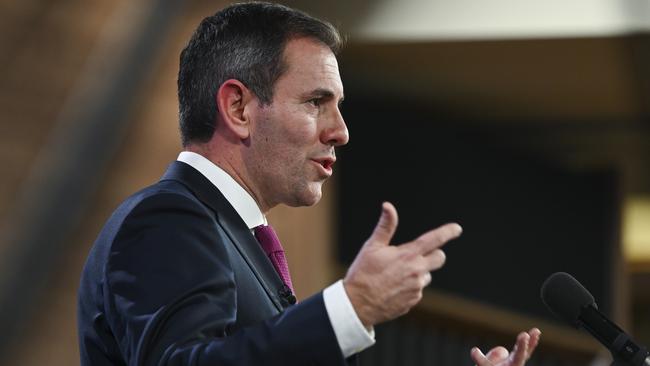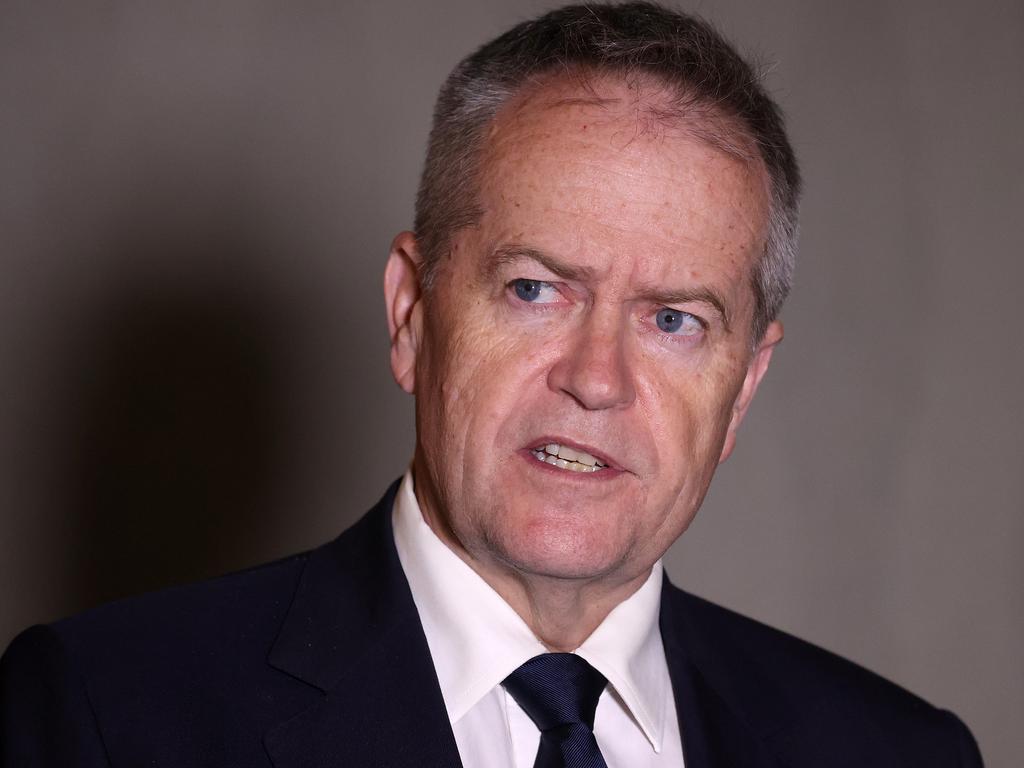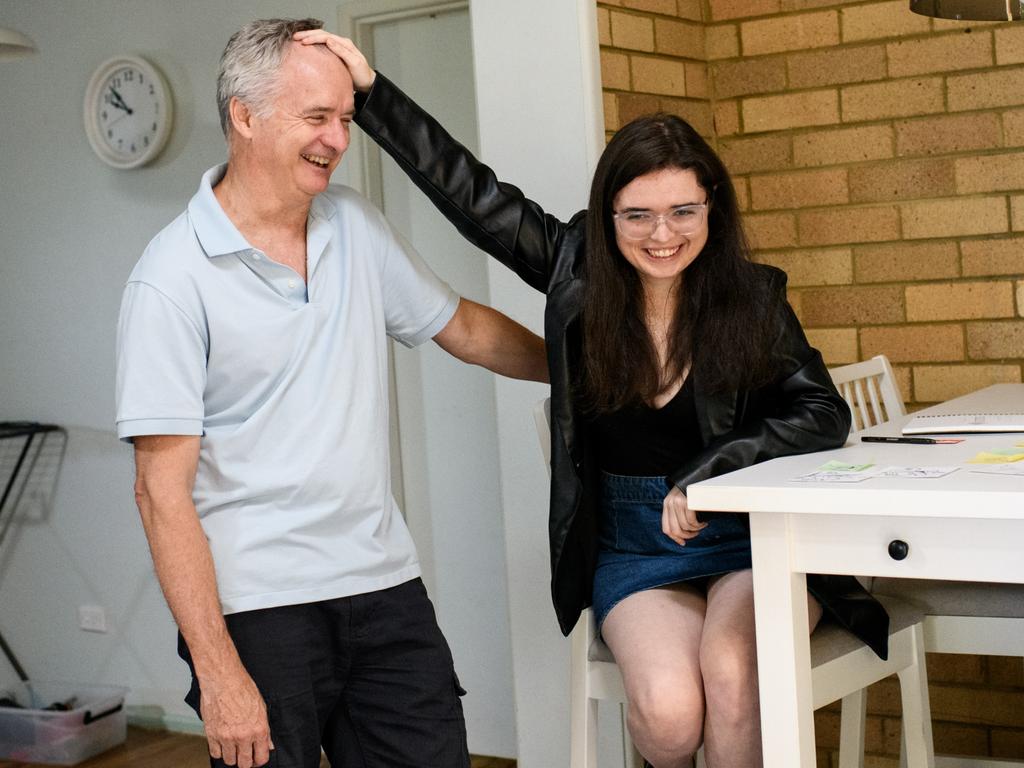Intergenerational Report: NDIS spending was heading to 6.3 per cent of GDP before 8 per cent ‘growth target’ introduced
The NDIS had been on track to more than double spending on aged care and defence, Treasury figures show.

The National Disability Insurance Scheme was on track to have blown out to 6.3 per cent of the nation’s total GDP by 2063 without national cabinet stepping in last April to impose an 8 per cent annual growth target, the Intergenerational Report reveals.
This would have seen NDIS payments taking up more of the national economy than health spending, and more than double that of aged care and defence, the IGR says.
Treasury projects that even with the new growth target the federal government’s contribution to the NDIS will hit 2.7 per cent of GDP by 2063 on the assumption the scheme will reach maturity a decade later than anticipated in the previous IGR in 2021.
The report notes the large discrepancy between NDIS growth projections in the 2021 IGR. “In 2023–24, the Scheme is currently projected to grow by 13.9 per cent – compared to 4.1 per cent growth – in the 2021 IGR,” it says.
It says this is due to more participants joining than anticipated, particularly children who now make up half the scheme’s 610,000 participants, and also growth in the size and scope of support packages, which have increased by an average 6 per cent a year over the last four years.
The IGR notes the timing of the maturity of the NDIS remains uncertain, but uses an assumption of 2043-44. Under that scenario and if the national cabinet hadn’t intervened, it projects “Australian Government NDIS payments growing to 6.3 per cent of GDP in 2062–63, higher than projections of Australian Government spending on health.”
The NDIS, which will cost $35bn this year, will be the fastest growing government payment over the next decade, and average almost 7 per cent annual growth over the next 40 years, the IGR projects It is funded by both the commonwealth and the states, with the federal government currently covering 67 per cent of the cost.
In April Anthony Albanese, alongside state and territory leaders, unveiled national cabinet’s new “financial sustainability framework” which included an 8 per cent cost growth target, commencing in 2026. Recent annual cost growth has averaged close to 14 per cent.
At the time the Prime Minister said on its current trajectory the scheme would have reached $97bn a year in a decade. “That is simply not sustainable,” he said.
In launching the 2023 IGR on Thursday Treasurer Jim Chalmers called out the NDIS, along with health, aged care, defence and debt interest costs, as the nation’s key spending pressures. Population ageing was behind the pressure, he said.
“Around 40 per cent of the projected increase in spending that’s outlined in the IGR is due to us getting older,” Dr Chalmers said.
But he also said the care economy is one of the nation’s opportunities for jobs and innovation to “deliver quality outcomes and quality careers (that) turn grey into gold.”

The IGR notes that between now and 2063 the number of people aged 65 and over in Australia will double, those 85 and over will treble and there will be six times the number of people aged 100 or more.
“Australian government payments for health care, aged care and the NDIS are projected to increase as a share of GDP from 6.2 per cent in 2022-23 to 10.7 per cent in 2062-63,” it says.
This has flow-on effects for where the nation’s employment policy is focused.
“A care and support workforce twice the size it was in 2020–21 could be needed to meet demand in 2049–50,” the IGR says. “This presents strong future job opportunities, but is a workforce planning challenge.”
“Appropriate skills and training pathways, plus wages that reflect the value of care work appropriately, will be critical to encourage workers to join and stay in the care and support sector.”







To join the conversation, please log in. Don't have an account? Register
Join the conversation, you are commenting as Logout